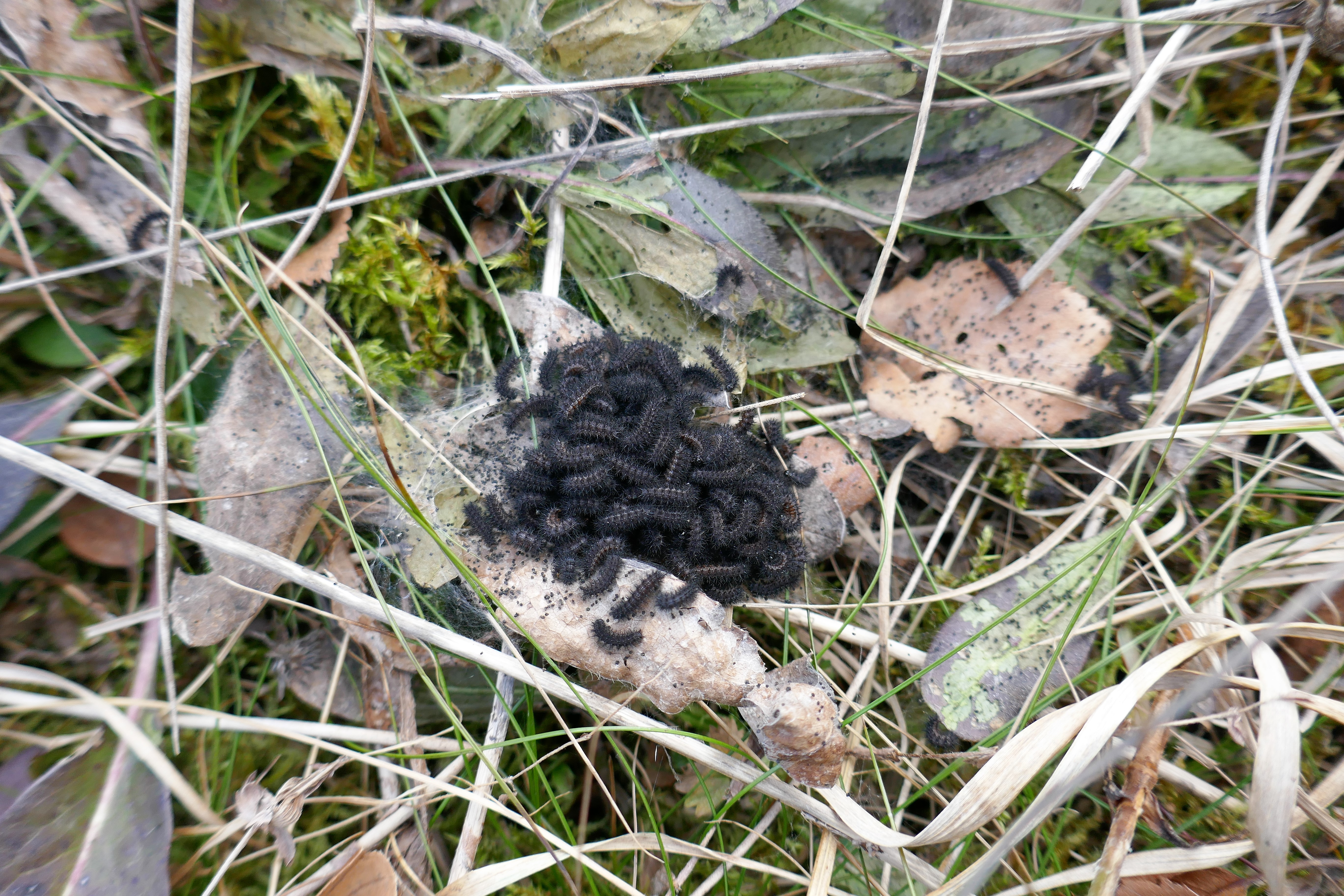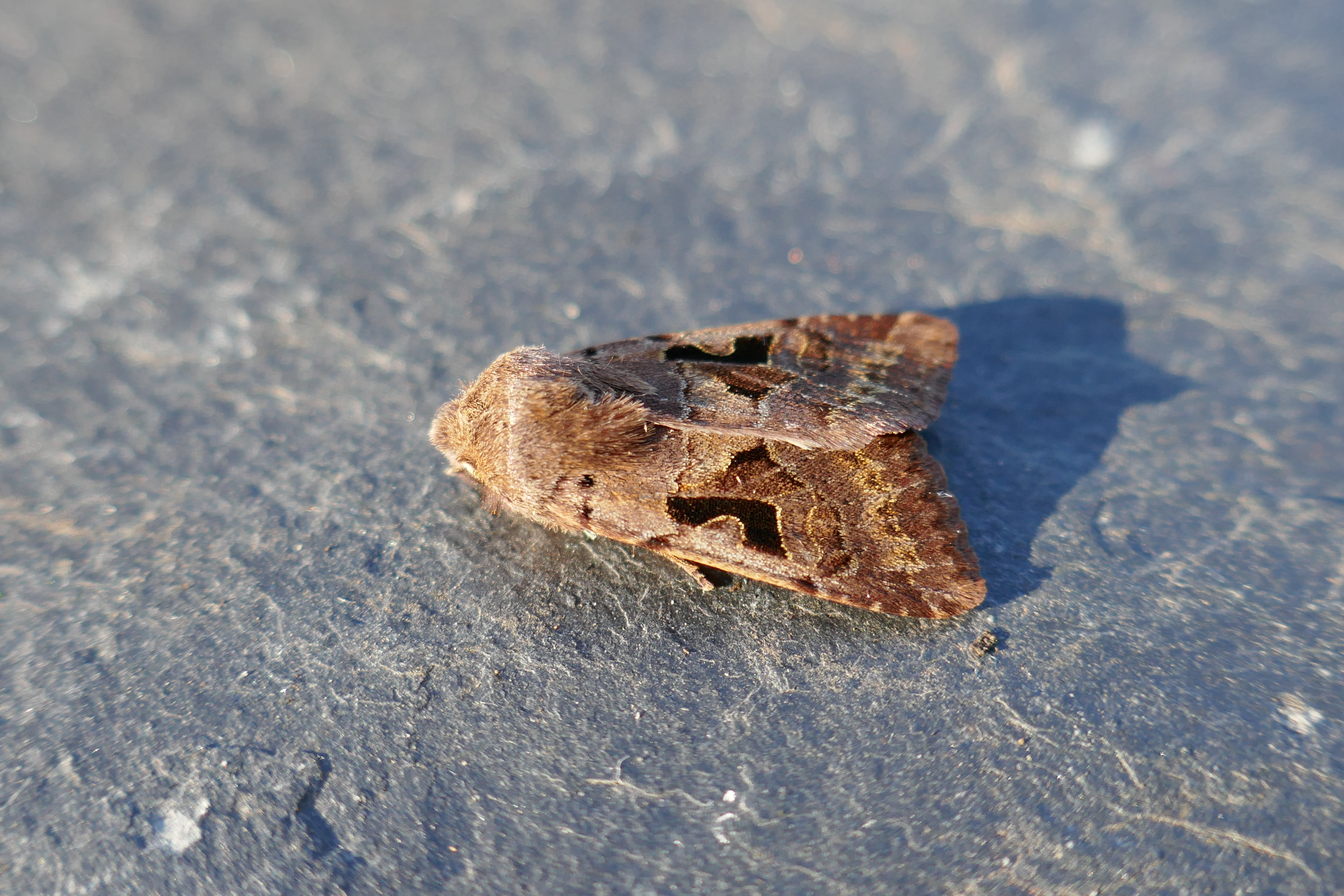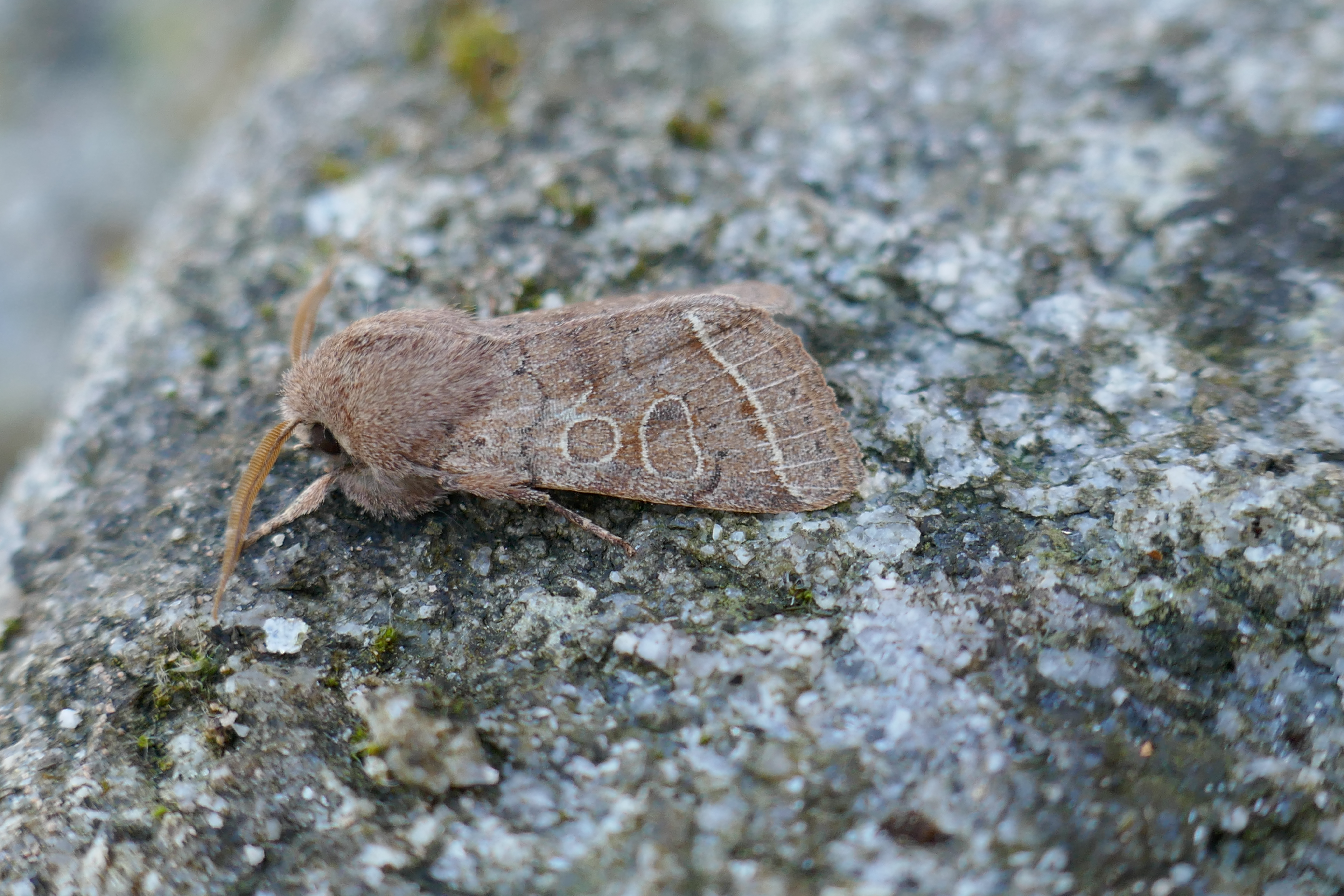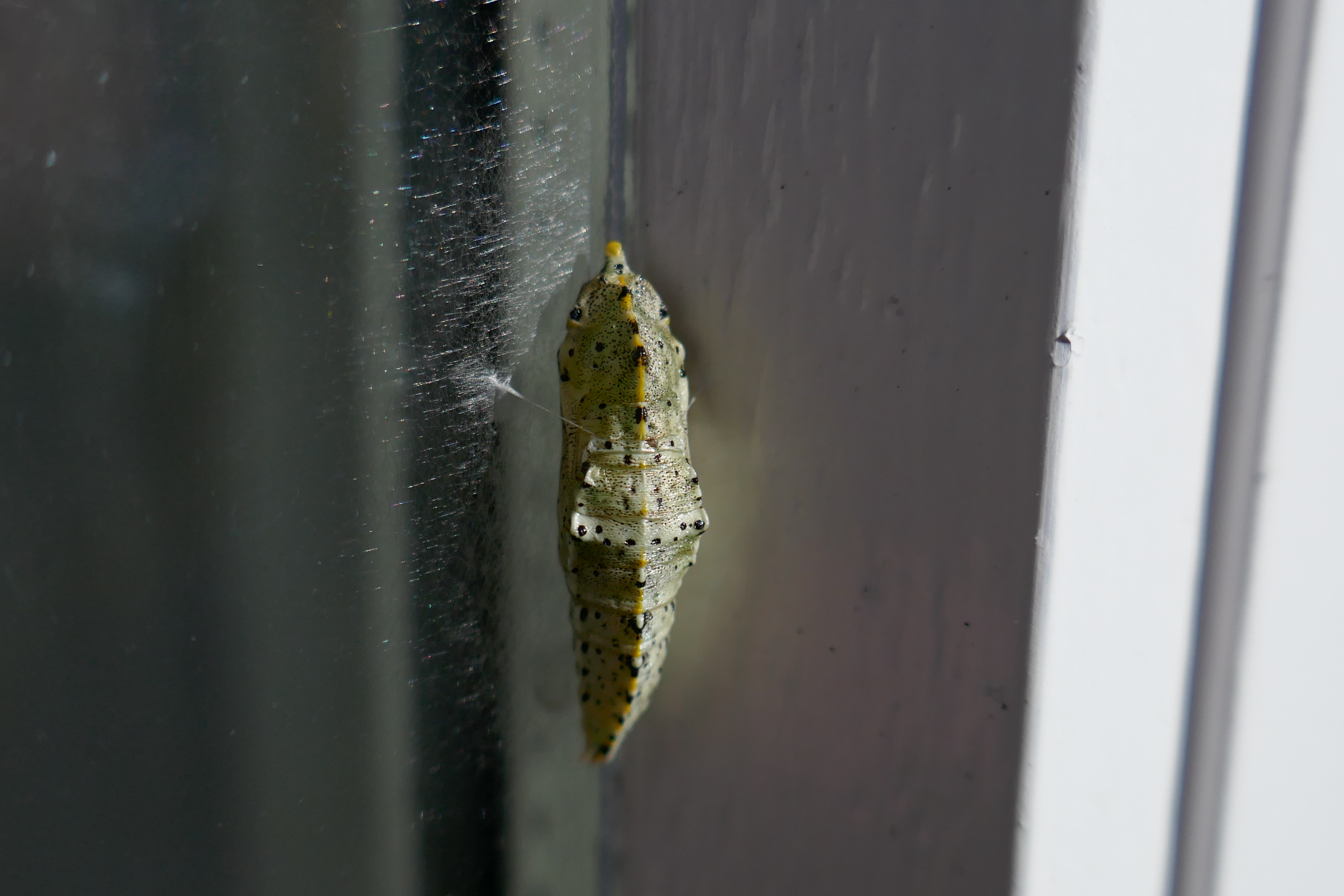In the butterfly world, signs of spring are often well concealed and most of the signs that are detectable are subtle and elusive. The glowing colours of the adult butterfly will only be seen later in the season in the case of most of our species so we must look hard for the signs that are available. Below are some of these signs. Let us imagine how these lead to greater glories as warmth returns.










